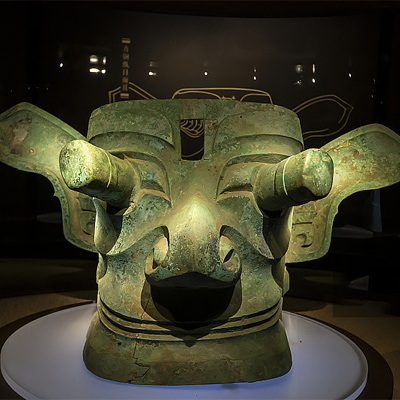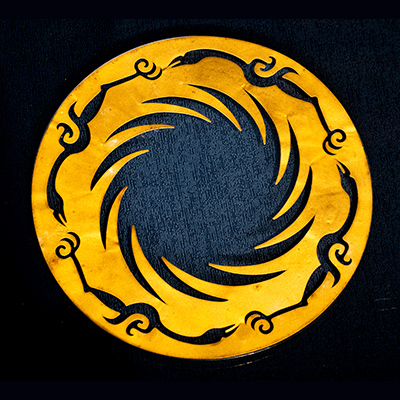Located in the Chengdu Plain in the western part of the Sichuan Basin,“Sanxingdui and Jinsha Sites”(1600~800BCE)comprises two component parts-the Ruins of Sanxingdui City and the Core Area of Jinsha Site, together they formed an archaeological complex that was built by the ancient Shu people, featured by their distinct social stratification and unique belief system.The area has a dense network of waterways and vast expanses of farmland, and connects to the spectacular Longmen Mountain Range on the Qinghai-Tibet Plateau,offering a striking example of harmonious coexistence between humanity and nature.
Learn moreFollow us
Learn moreVoices
Learn more
Sanxingdui, the great city that commanded the Sichuan Plain in China from 1200 BC (CWA 110). Within were layered first, ash and then elephant tusks, bronzes, and finally jades and gold. One pit held nearly 400 tusks, one of which came from what must have been a superb elephant with tusks 1.85m long. What came through with particular clarity was the importance of ritual and performance that underlay the conspicuous consumption and destruction of these treasures.

Gorgeous, could be modern !

China had a Great Culture